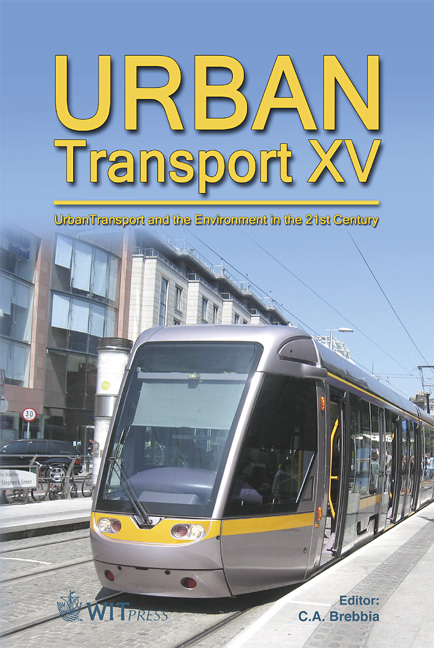Modelling Mobile Source Emissions By On-board Characterization Of Roadways
Price
Free (open access)
Transaction
Volume
107
Pages
12
Page Range
541 - 552
Published
2009
Size
419 kb
Paper DOI
10.2495/UT090481
Copyright
WIT Press
Author(s)
M. Gantuz, E. Puliafito & J. L. Puliafito
Abstract
In this paper, urban emissions from mobile sources collected by on-board measuring systems are characterized using a new concept, which consists of assigning proper \“emissivity” factors to roadway segments. These factors consider road transport emissions not only as a consequence of vehicles alone, but also, to some extent, of the road segment itself. Within bottom-up models, the on-road measurement is probably the most realistic approach, particularly when compared to the classical dynamometer testing, because the vehicle is measured as it travels in a given roadway. However, the principal drawback is the difficulty in handling the data gathered by the measurements and to properly incorporate it to an emission model. As the roads are characterized here as emitters, a robust description of the distribution of emissions at a spatial and temporal level is possible, contributing to obtaining more accurate representations of ambient conditions at a micro scale, its temporal variability and compliance to air quality standards. The paper presents the experimental results in the city of Mendoza, Argentina, as well as a basis to derive gridded emission models for mobile sources using the previously introduced concepts. Keywords: atmospheric pollution, mobile sources, gridded emission model, bottom-up approach, on-board measurement, characterization of roadways.
Keywords
atmospheric pollution, mobile sources, gridded emission model, bottom-up approach, on-board measurement, characterization of roadways





